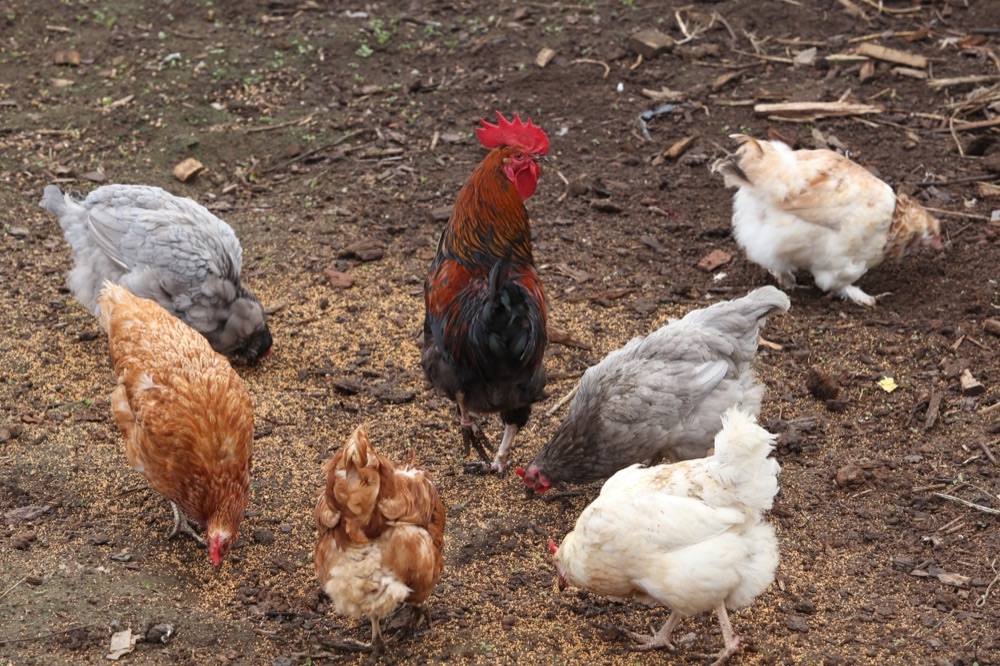Moving houses can be a time-consuming and stressful experience, even for pets. Moving houses with backyard chickens requires a lot of preparation in order to ensure the health and safety of the birds throughout the move.
Here is a beginner’s guide to moving homes with backyard chickens.
Before the Move
It’s a good idea to scope out the backyard of the new home and set up the coop before moving the chickens themselves. This will help lessen stress among the birds and give them a safe place to be delivered as soon as they arrive to the new home. Make sure the coop is equipped with all the necessary accessories, such as feeders, waterers, nesting boxes, and perches to help make the chickens more comfortable.
It’s important to take the proper steps to ensure that chickens can be as comfortable as possible during the move. Chickens should be transported to the new home in wire cages or in well-ventilated cardboard boxes so that they don’t hurt themselves during the move.
These travel cages or boxes should be prepared well before the move. Each cage should be cushioned with a small amount of fresh bedding or clean towels.
Multiple chickens can be kept in the same cage or box, especially if the move is short. However, more aggressive or dominant birds should be kept in a separate cage. The stress of the move may cause these dominant personalities to lash out towards other birds.
According to Chickens and More, some of the most obvious signs of stress in a chicken show up in the eggs. Eggs may be oddly shaped or have soft shells, or a chicken may stop laying eggs altogether for a few days after the move. This is entirely normal. However, if these issues persist long after the move, a chicken may need a trip to the avian vet.
During the Move
It’s important to remember that chickens are very susceptible to stress. In fact, high amounts of stress can impact a chicken’s health and egg laying capabilities. This is why it’s so crucial to take the proper steps, especially during the move, to reduce stress levels among the birds.
While this step is not necessary, it will help lessen the stress of moving one’s backyard chickens. Try moving chickens in the morning hours to avoid chasing chickens around the yard later. Take chickens directly off of their roosts and perches in the morning while they are still a bit groggy and put them directly into their travel cages.
Make sure to provide backyard chickens with plenty of food and water during the move. A lack of food and water during the move might make chickens more stressed. One helpful tip is to mix chicken feed with water to form a paste to avoid spills during the move.
It’s very important to provide chickens with fresh, cool air during the car ride to the new home. This is especially important if the move is taking place during the summer because too much heat can make chickens uncomfortable and very stressed.
During the move, make sure to crack the car windows to provide the chickens with fresh air. If it is hot out, combine open car windows with air conditioning to keep the birds comfortable in terms of temperature.
Long car rides can make a move even more stressful for chickens. It is wise to make the car journey to the new home as short as possible by avoiding unnecessary stops.
After the Move
Once the chickens have arrived at the new home, they should immediately be placed in their coop. However, the order in which the birds are placed into the coop is important. The birds should be unpacked in reverse order, meaning the dominant or aggressive bird(s) should be the last to enter the coop.
While it may be tempting to let backyard chickens range freely for a while, especially after a long car ride, birds should actually be kept inside their coop. It’s a good idea to allow chickens to settle in to their coop and get used to their new location for at least 24 hours after the move.
As previously mentioned, chickens are very sensitive to stress and as a result may exhibit different behaviors after the move.
Summary
While moving houses with backyard chickens can be stressful, it does not have to be stressful. By following the right steps, one can both ensure the health and safety of their birds and experience a nearly stress-free move.



